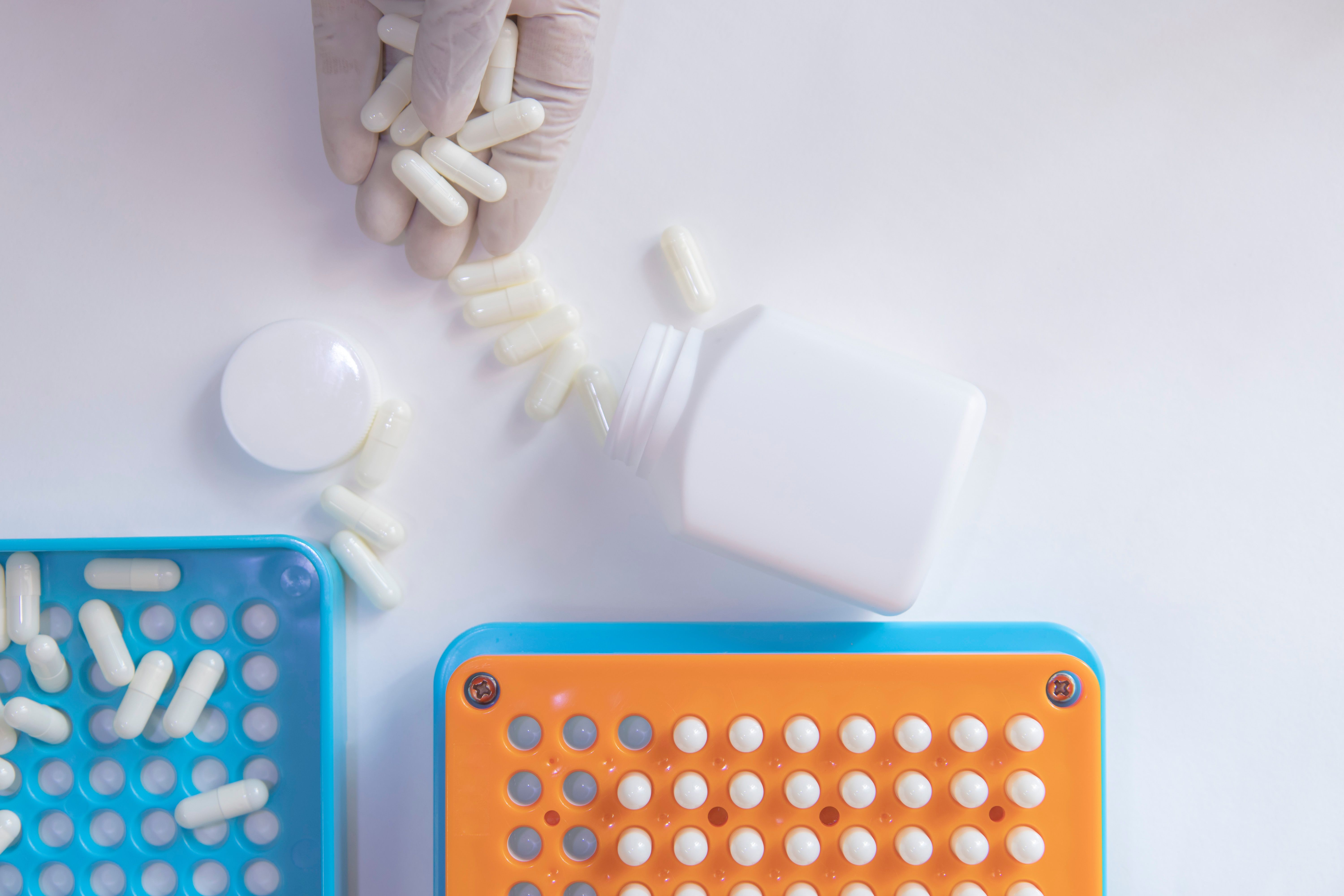Article
Experimental Compound Reduces Glucose Production in Type 2 Diabetes
Author(s):
Compound may help patients with type 2 diabetes better control glucose levels.
A newly discovered class of compounds shows promise as a way to reduce glucose production by the liver, and could be used to treat type 2 diabetes, according to a study published by Cell.
Although nearly 95% of incidences of diabetes are type 2, some patients are still unable to adequately control their glucose levels through diet, exercise, and pharmacotherapy. Uncontrolled glucose levels can result in neuropathy, ketoacidosis, kidney disease, high blood pressure, stroke, gastroparesis, and hyperosmolar hyperglycemic nonketotic syndrome, according to the American Diabetes Association.
Targeted treatments have significantly increased the efficacy of treatments for diseases, such as cancer. This new compound may similarly improve the treatment of diabetes.
One of the compounds, SR-18292, was observed to reduce blood glucose levels, increase insulin sensitivity, and improve glucose balance, which subsequently improved the health of animal models of diabetes.
SR-18292 is able to modify the PGC-1α protein, which is involved in balancing energy and controls genes that control energy metabolism, according to the study.
During starvation or fasting, PGC-1α is overexpressed, which causes glucose production to rapidly increase. However, when PGC-1α function is modified through acetylation, glucose production decreases. The authors decided to target glucose production through this process.
“This protein was generally considered non-druggable,” said researcher Patrick Griffin, PhD. “But the team approached the problem through the process of acetylation, which means we can influence the protein’s behavior indirectly. SR-18292 increases acetylation of PGC-1, which in turn shuts down glucose production in liver cells.”
Reducing overproduction of glucose makes SR-18292 a potentially beneficial treatment for patients with diabetes who may have uncontrolled glucose levels, according to the study.
“After the screening process found several potential candidates, the TSRI team designed derivatives of those initial hits,” Dr Griffin said. “We selected this compound based on its ability to induce acetylation and the fact that it had good pharmaceutical properties—so we could use it in animal models of Type 2 diabetes.”
The authors noted that it is currently unknown what protein or enzyme is targeted by SR-18292, but the drug shows promise as a tool to better control diabetes. SR-18292 could one day be used as monotherapy or a combination therapy to treat patients with diabetes and prevent adverse events associated with high glucose levels, the study concluded.






